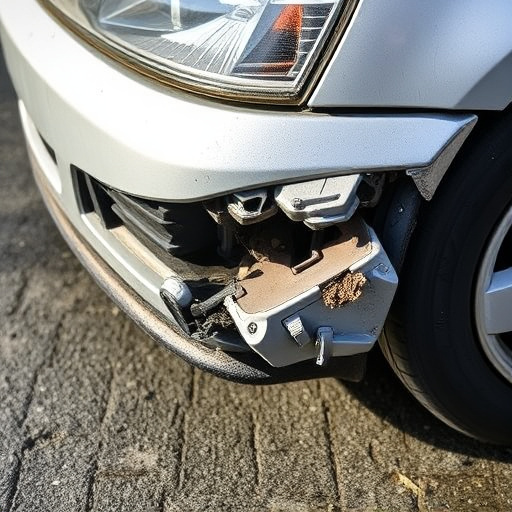Seatbelt repair replacement data empowers automotive service centers, especially Mercedes Benz specialists, to identify common issues and develop targeted solutions for improved service quality. By tracking trends, they can enhance vehicle safety and refine services. Analyzing data allows optimization of inventory management, revelation of design flaws or material quality disparities, and strategic recommendations during maintenance, thereby enhancing overall service quality and customer satisfaction in collision repair workshops.
In today’s automotive industry, ensuring service quality in seatbelt repair replacements is paramount for safety and customer satisfaction. This article explores how leveraging comprehensive data on seatbelt repairs can significantly enhance service quality. By understanding the intricacies of this data, from identifying trends to implementing targeted improvements, workshops can streamline processes, reduce errors, and deliver more reliable seatbelt replacement services. These strategies ultimately contribute to increased customer trust and road safety.
- Understanding Seatbelt Repair Replacement Data
- Analyzing Trends and Identifying Areas for Improvement
- Implementing Changes to Enhance Service Quality
Understanding Seatbelt Repair Replacement Data

Seatbelt repair replacement data offers a wealth of insights for automotive service centers, particularly those specializing in mercedes benz collision repair. This data encompasses a range of information, from the types and frequency of seatbelt failures to customer feedback on repair processes. By meticulously analyzing this data, collision repair shops can gain valuable knowledge about the most common issues plaguing seatbelts and develop targeted solutions. Understanding these patterns is crucial in improving service quality, ensuring that repairs are not only effective but also efficient, leading to happier customers and a reduced turnaround time.
Moreover, tracking seatbelt repair replacement data allows collision repair shops to identify potential trends and anomalies. For instance, recurring issues might point to problems with specific vehicle models or manufacturing defects that require special attention. This proactive approach, similar to how scratch repairs are meticulously handled, can enhance the overall safety of vehicles on the road. By leveraging data-driven insights, mercedes benz collision repair centers can stay ahead of potential hazards and continuously refine their service offerings.
Analyzing Trends and Identifying Areas for Improvement

By meticulously analyzing data on seatbelt repair and replacement, automotive service centers can uncover valuable trends that highlight areas for improvement in their operations. This process involves scrutinizing the frequency of specific seatbelt issues, identifying patterns related to vehicle age or make, and understanding the effectiveness of different repair techniques. For instance, a notable trend might reveal an increased need for seatbelt replacement after severe fender benders, indicating a direct correlation between collision intensity and seatbelt damage. Such insights can drive centers to enhance their inventory management strategies, ensuring that commonly required parts, like seatbelts, are readily available.
Furthermore, comparing repair data across different models and manufacturers can shed light on potential design flaws or material quality disparities. This analysis empowers service centers to recommend improved auto body repairs or suggest upgrades during routine maintenance. For example, if data reveals higher failure rates in certain seatbelt models, mechanics can advise customers on the benefits of upgrading to newer, safer alternatives. Thus, leveraging seatbelt repair replacement data not only improves service quality but also contributes to enhanced customer safety and satisfaction.
Implementing Changes to Enhance Service Quality

Implementing changes based on seatbelt repair replacement data can significantly enhance service quality in automotive restoration and vehicle collision repair workshops. By analyzing trends and patterns within the data, businesses can streamline their processes, improve efficiency, and reduce errors. For instance, identifying frequently faulty components or common issues in seatbelt repairs can lead to proactive inventory management and better stock levels, ensuring faster turnaround times for customers.
Additionally, this data-driven approach allows for more precise estimates during auto glass replacement, aligning with the overall repair costs and job complexity. As a result, workshops can offer more accurate service quotes, build customer trust, and maintain competitive pricing. The integration of such practices contributes to a positive customer experience, fostering satisfaction and loyalty in an industry where precision and reliability are paramount.
By leveraging seatbelt repair replacement data, auto service centers can gain valuable insights into their operations. Analyzing trends reveals not only common issues but also areas for process optimization. Implementing data-driven changes ensures enhanced service quality, leading to safer vehicles and improved customer satisfaction. Effective management of seatbelt repair replacement data is a key step towards revolutionizing automotive maintenance services.














